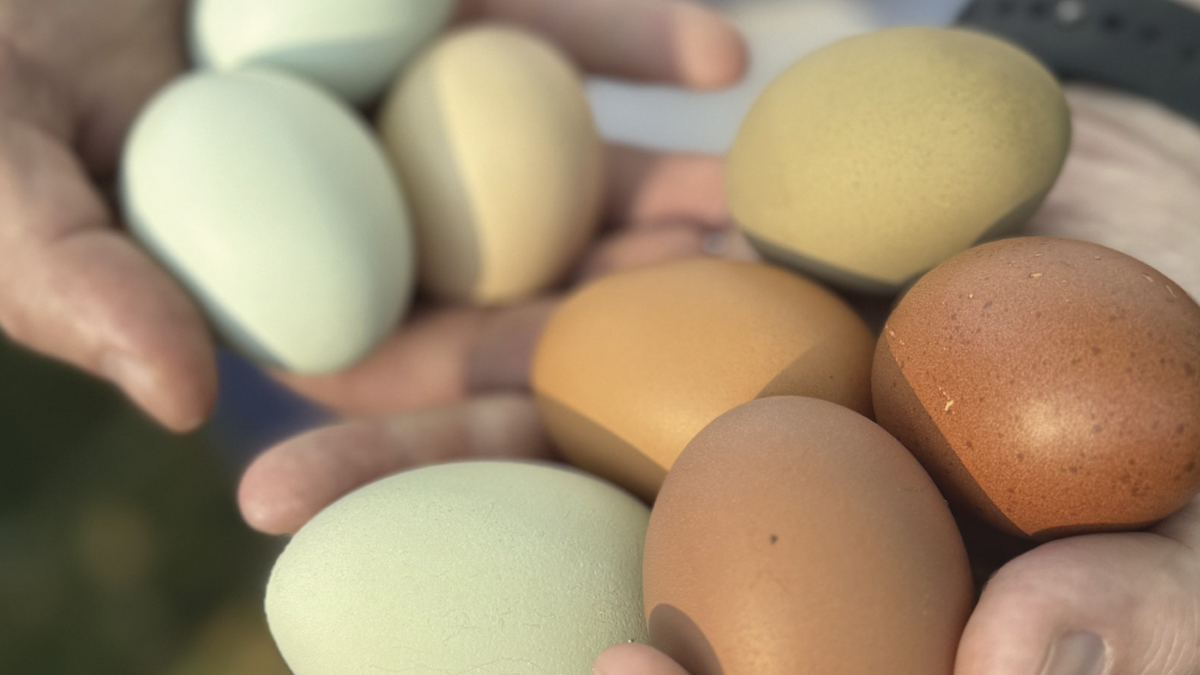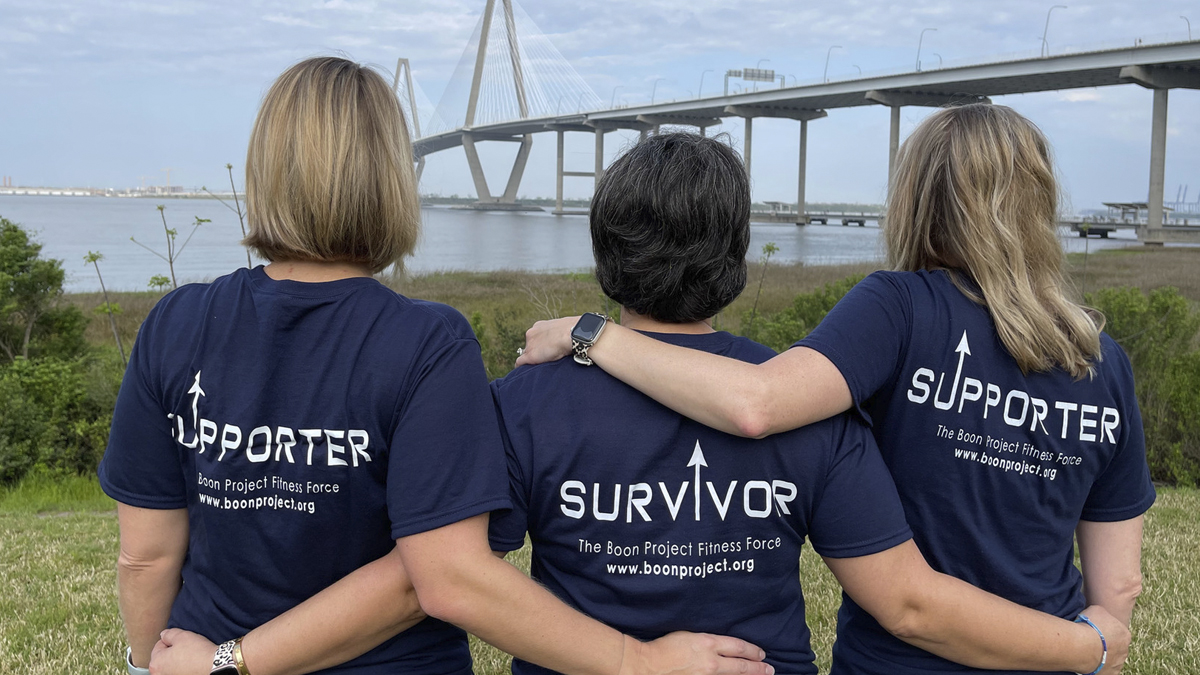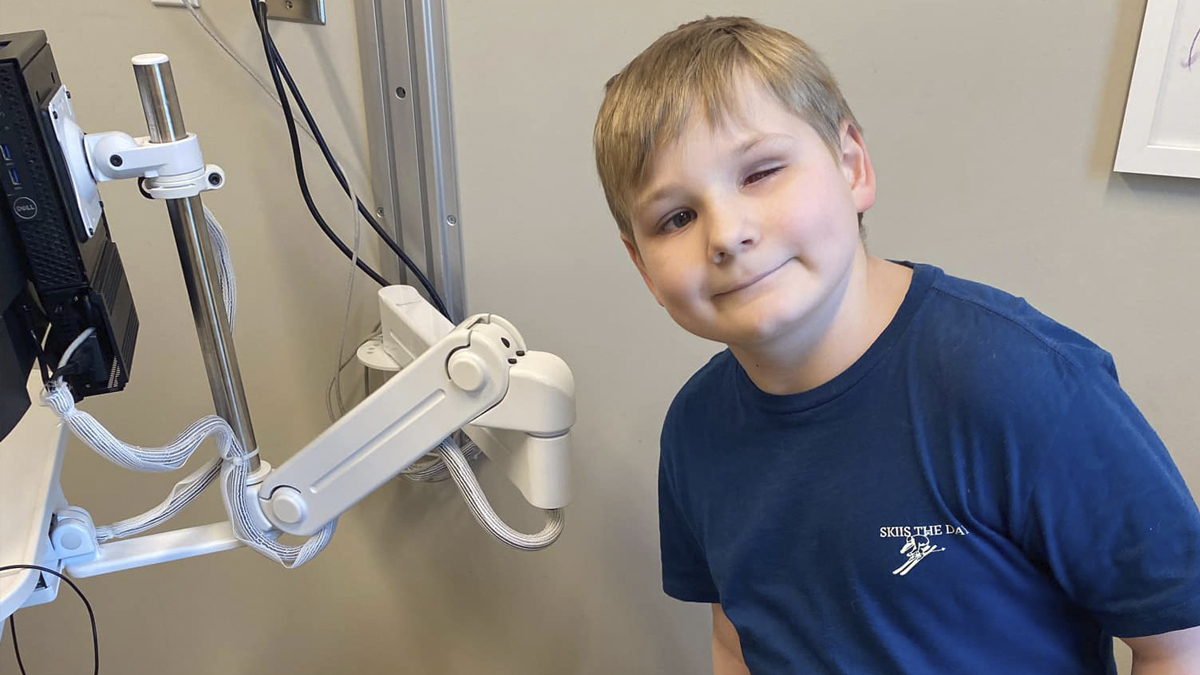For most people who play golf recreationally, a bad day on the course nearly always beats a good day at the office. But sometimes even leisure activities can cause us to develop nagging aches and pains that can worsen over time if left untreated, and golf is no exception.
A 2019 study published in the Journal of Neurosurgery: Spine cited a potential link between the mechanics of the modern golf swing and golfers developing back injuries, referred to as RTD, or repetitive traumatic discopathy. The authors noted that “among professional and amateur golfers, back disorders remain the most common injury, comprising 55 percent and 35 percent of injuries in these groups, respectively.” Tiger Woods, who has endured multiple back surgeries over his illustrious career, offers the foremost example among professional golfers.
Kim Durst, PT, DPT, clinical director of Axis Clinical Therapy, said they see a variety of lower back issues in golfers, and it’s probably the most frequent golf injury they treat. Most of these injuries are the result of a cumulative effect — “a series of microtraumas,” Durst explained. “What we see is that there is just a lot of repetitive, loaded, twisting that’s occurring, really in one part of the spine, and that’s what leads to that microtrauma.”
Often it starts with mild back pain and instead of dealing with it, people just play through it. But it can eventually lead to surgeries and injections if left unaddressed. If you begin having pain, especially if it lasts beyond a week, Durst recommended seeing your doctor or a physical therapist.
Pete Skirpstas, golf operations manager at the Links at Stono Ferry, said the biggest evolution of anything in terms of the modern golf swing has been the equipment and the troves of data collection that now inform swing techniques. In today’s game, you can better understand the biomechanics of the swing and put the body in different positions based on that data.
For example, now you don’t see as much lateral movement on swings, and it’s more of a rotational move, he elaborated. “A big thing I’m trying to get golfers to do is understand the more rotation you can create while keeping your spine angle stable will reduce harm to your body and allow the club to remain stable through impact,” related Skirpstas, who has competed in professional golf tournaments since 2015. He works with golfers to create a better posture using the feet, ankles, knees, hips and upper body to develop a more consistent rotation. “So you have better opportunity to maintain consistent pressure throughout the golf swing.”
Although his back pain wasn’t caused by his golf swing, Dave Horner did make changes to his swing after experiencing back troubles. Horner, 80, a retired educator from Pittsburgh, moved to Edisto Island in 2012, buying a condo adjacent to The Plantation Course at Edisto. He joined the club and golfed four to five days a week. Horner had no problems physically and exercised regularly to keep his muscles toned. Last year, Horner took a trip to Gettysburg, Pennsylvania, during which he fractured his fifth lumbar vertebra. The injury sidelined him for nearly a year.
He started attending physical therapy at Axis and doing stretching routines and asymmetric exercises that help with his core and balance. As Horner worked toward his return, he adjusted his swing based on the technique of late Canadian professional golfer Moe Norman, known for his pinpoint accuracy, an approach that takes all the pressure off your back.
“You don’t have to take the club back as far. And you can hit it just as far,” (as a modern swing), said Horner. “It’s a repeatable swing.” Thus far Horner has been able play a few times this year without experiencing any lower back pain.
When treating lower back pain, Durst said their team examines the available range of motion in a patient, which entails looking at hip mobility and multiple joints. “We look at what motions create that pain,” she said. “We try to shut down that pain response.” Then they train that tissue to accept the load on a repetitive basis.
Durst likes using the analogy of viewing your body as an instrument. It requires maintenance work in between performances to keep it in playing shape. Their assessment aims to find deficits in your body that are causing back pain and give you tools to mitigate the pain and continue doing leisure activities.
Stretching is key. Since the golf swing starts in your feet, Skirpstas advises doing hamstring and lower back stretches that activate core areas of your golf swing. There are countless 15-minute YouTube videos that can provide you with the dynamic stretches you need so that you’re not as stiff, causing you to overcompensate and risk injury. Engaging in stretches “15 minutes before rounds or when you wake up is going to prevent a lot of that pain,” asserted Skirpstas.
Before playing, Horner does a stretch routine using the golf cart that involves grabbing and holding the bar to stretch his back and quads. Additionally, every day he works his lower back and legs. “Every morning I do stretches when I wake up,” shared Horner.
Stretching matters because as you age, your muscles have less elasticity and flexibility, explained Durst. Also, you need to incorporate strength training during the week that includes rotational movements that mimic the swing motion and strengthen your core in a way you’re going to use the muscles. However, first consult your physical therapist or a personal trainer. “And if you do that, and you get your tissues ready to absorb those high amounts of repetitive force, that’s how you’re going to protect yourself and prevent injury,” she counselled.
Returning to the instrument analogy, Durst said that as they age, many golfers play the sport as their exercise, when it should be the opposite. “You need to exercise so you can keep playing golf. What you do off the course will make a big difference.”
While some people will address golf swing-induced back pain to keep it from progressing, you can be proactive.
“There’s so much you can do early to prevent injury,” maintained Durst.
By Colin McCandless







